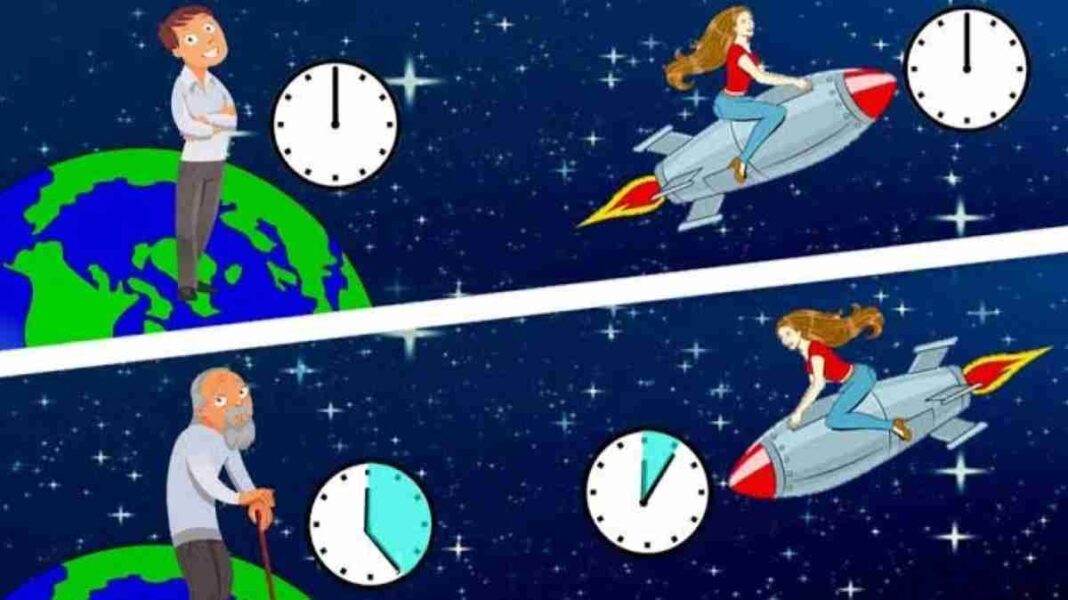INDIA: One of the most intriguing paradoxes in physics is the Twin Paradox, which challenges our understanding of time and relativity. Albert Einstein introduced the ‘Twin Paradox’ in his theory of special relativity, and it has been a subject of debate and fascination among scientists ever since.
The Twin Paradox goes like this: Imagine two identical twins, Alice and Bob, born on the same day. Alice stays on Earth while Bob travels in a spacecraft that travels close to the speed of light. When Bob returns, he will have aged less than Alice, despite being born simultaneously and being identical in every way.
The Paradox seems to defy common sense, as we know that time passes at a fixed rate and that nothing can manipulate it.
However, the Twin Paradox is a direct consequence of Einstein’s theory of special relativity, which states that time and space are relative and depend on the observer’s frame of reference.
To understand the Twin Paradox, we must delve into the physical concepts of time dilation.
According to special relativity, time passes slower for objects that move relative to an observer. This motion means that if Bob is travelling close to the speed of light, time will pass slower for him than it would for Alice, who is stationary on Earth.
The Lorentz transformation concept, a mathematical formula used to calculate the effects of special relativity, can also explain the Twin Paradox.
The formula shows that time dilation is a consequence of the fact that light’s speed is constant and that it cannot be exceeded by any means.
In other words, as Bob travels close to the speed of light, his clock appears to slow down from Alice’s perspective, while his own experience of time remains constant.
When Bob returns to Earth, he will have aged less than Alice because his clock was running slower while he was in motion.
Scientists have demonstrated the Twin Paradox in several experiments, including one conducted by the U.S. Naval Observatory in 1971.
In the experiment, they synchronised two atomic clocks, and one was flown around the world in a jet while the other remained on the ground.
When the team compared the clocks after the flight, they found that the flying clock aged less than the stationary clock.
It means that time travel to the future is theoretically possible, as an object travelling close to the speed of light would age slower than a stationary observer.
Also Read: The Olbers Paradox: An Explanation for a Mystifying Cosmic Conundrum



